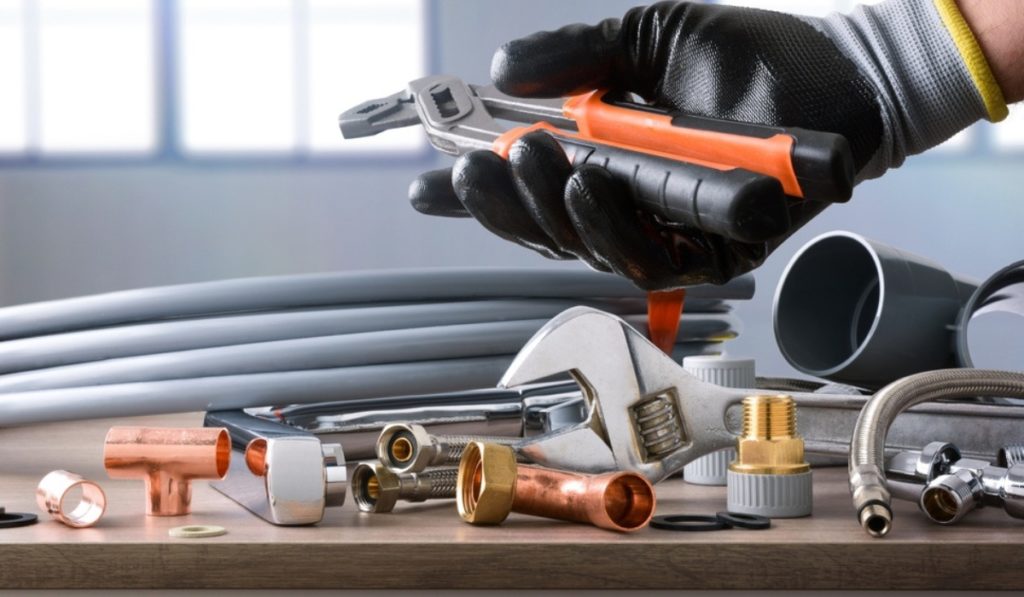157 Castel Hill Ave,
New Addington , Corydon,
CRO OTJ, UK
plumber_adrian@yahoo.com
Email Address
New Addington , Corydon,
CRO OTJ, UK
Email Address
Are you tired of the constant drip-drip of a leaky faucet keeping you up at night? Need Answer to fixing a leaky faucet? Don’t worry; you don’t need to be a plumbing expert to solve this common household problem. In this comprehensive guide, we’ll walk you through every step of fixing a leaky faucet. From turning off the water supply to disassembling the faucet, identifying the faulty washer, and replacing it, you’ll gain a clear understanding of the process. We’ll provide detailed instructions accompanied by clear images to ensure your success in tackling this issue on your own

Turn Off the Water Supply:
Gather Your Tools:
Identify the Type of Faucet:
Remove the Faucet Handle:
Access the Valve Stem:
Inspect and Replace the Washer:
Reassemble the Faucet:
Turn On the Water Supply:

Preventing future faucet leaks is just as important as fixing the current one. Here are some tips to help you avoid this common plumbing issue:

It is crucial to keep your faucets in good working condition with regular maintenance. This involves regularly checking them for leaks, even if they appear to be working correctly. A minor issue can often lead to a major leak if left unchecked. So, it is important to take proactive measures to ensure your faucets are always functioning correctly.
One way to do this is to be gentle with the handles when turning them on or off. This can prevent excessive wear and tear on the washers and other components, which can cause them to malfunction over time. Investing in high-quality faucets and components can also help to prevent leaks, as quality materials tend to have longer lifespans and are less prone to wear and tear.
On the off chance that you are not sure about the type of faucet you have or if you come across challenges during the repair process, it is best to call a professional plumber for assistance. They have the expertise and experience to handle even the most complex faucet-related issues and can help to prevent further damage and more expensive repairs down the line.
This question addresses the initial concern readers may have when they suspect a leaky faucet, helping them identify the issue.
Providing a list of necessary tools helps readers prepare for the repair process.
This question addresses whether the repair is a DIY project or requires professional help, ensuring readers understand their options.
This FAQ helps readers with one of the critical steps in the repair process – selecting the appropriate washer.
Offering guidance on troubleshooting and what to do if things don’t go smoothly during the repair process can be reassuring for readers.
Readers may want to know how much time to allocate for this project, so including an estimate can be helpful.
Safety should always be a priority, so including information about precautions ensures readers stay safe during the repair
This question can highlight the importance of addressing faucet leaks and their potential impact on water conservation and utility bills.
Providing guidance on washer compatibility helps readers choose the right replacement part.